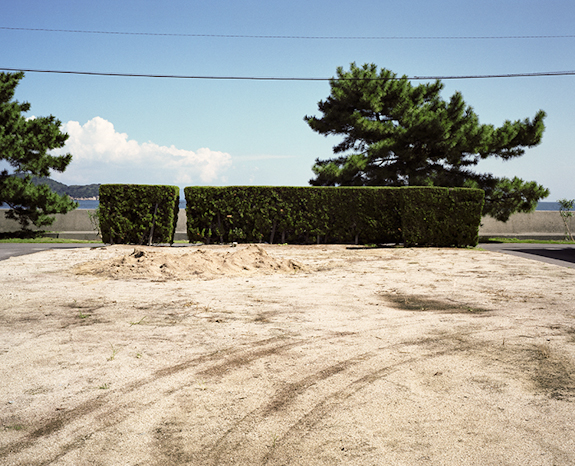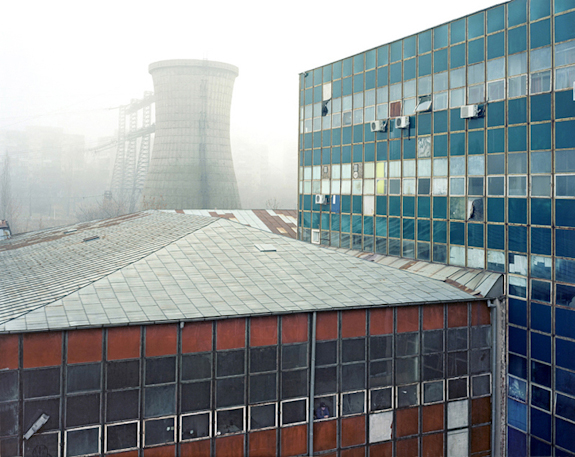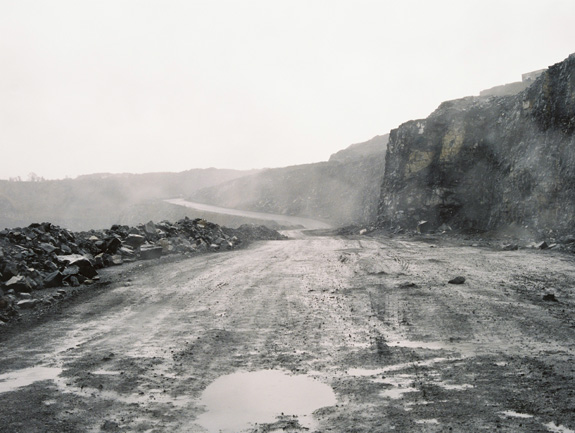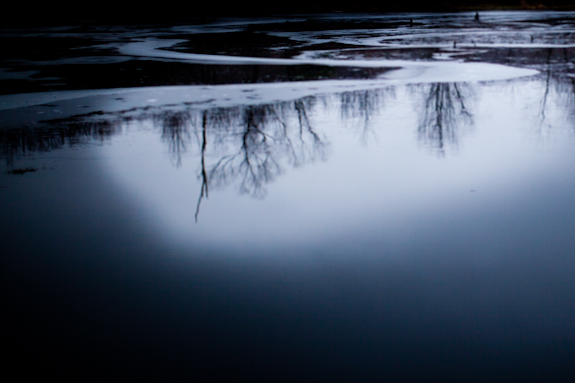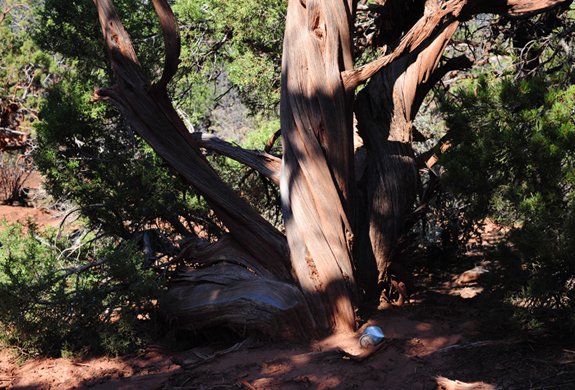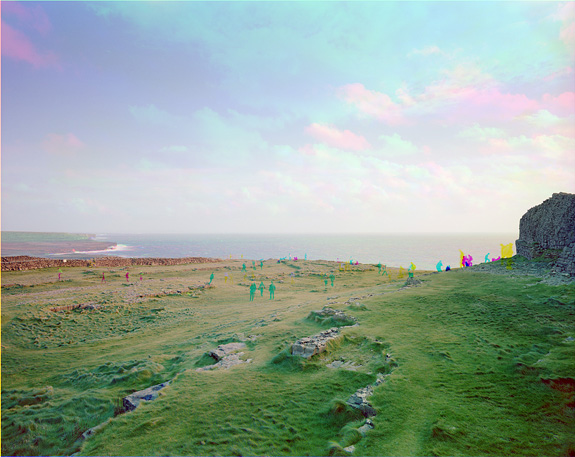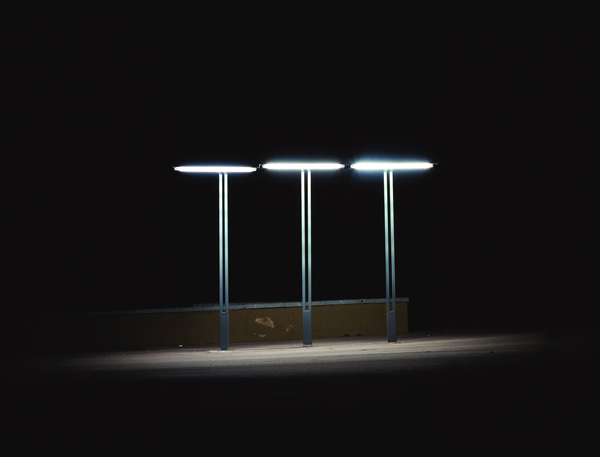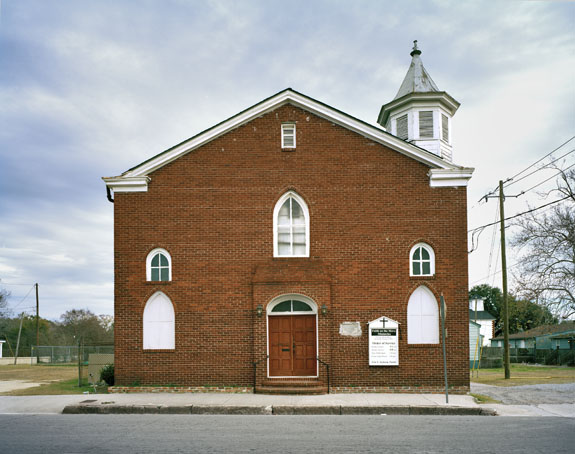
The abundance of churches and the strong influence religion has on the community in the American South was a bit overwhelming, coming from the West. In most neighborhoods in the Savannah area you can find a church on every other street, regardless of where you are in the city. Locals tell me “This is way it has always been and this is how it’s going to be until we perish.”
Vernacular architecture is a category of architecture based on localized needs and construction materials and reflecting local traditions. Vernacular architecture tends to evolve over time to reflect the environmental, cultural, technological and historical contexts in which it exists. It has been dismissed as crude and unrefined, but also has proponents who highlight its importance in current design.
No matter what church I go to I am always throughly interested in the structure and the location of each of these buildings, and what varies from structure to structure based on the location.
— Jahmad Balugo, Savannah, Georgia, USA
